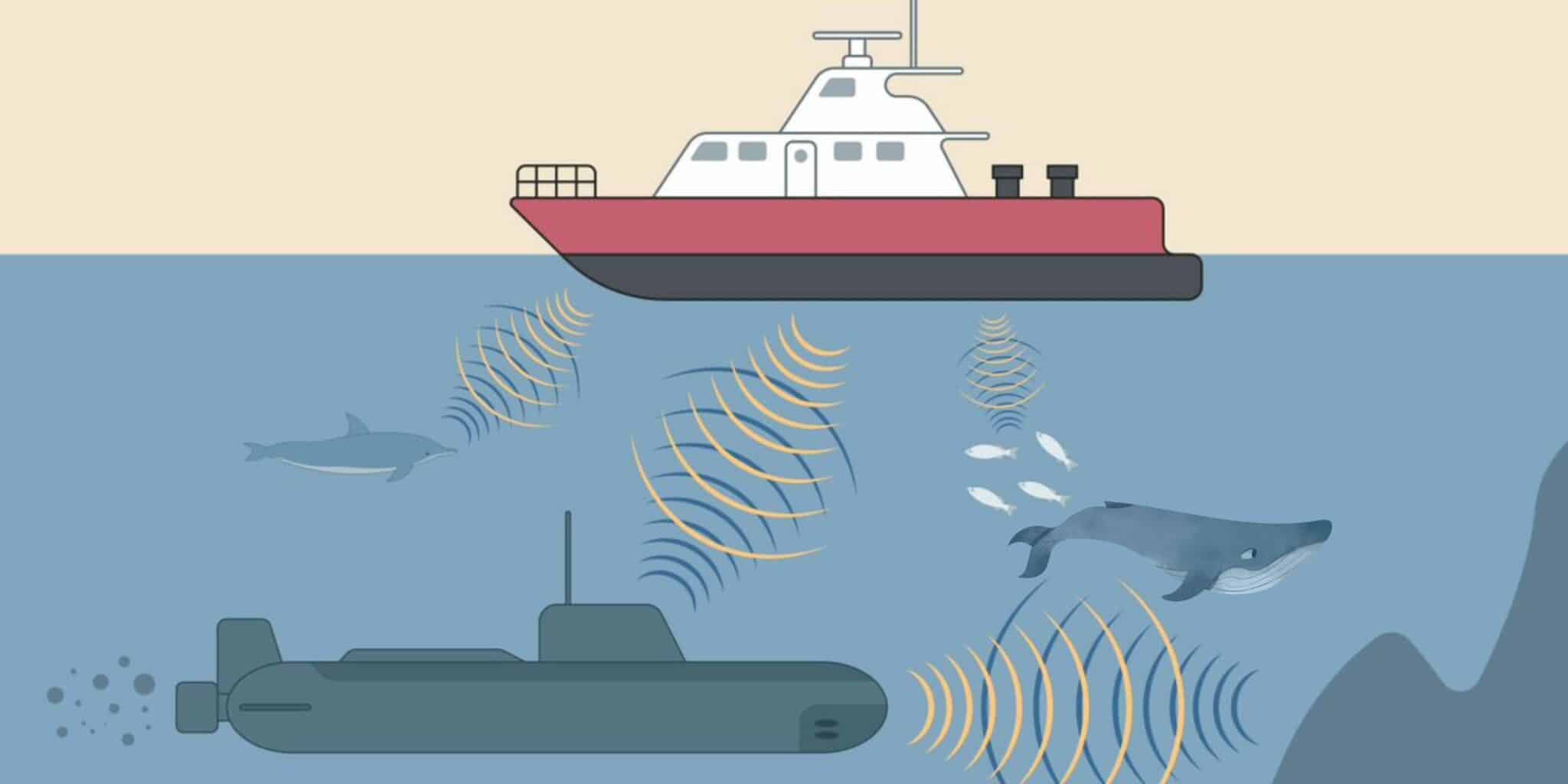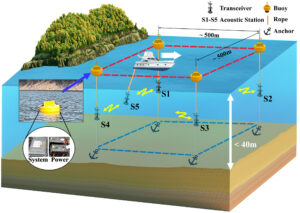Acoustic Monitoring: The Science of Listening to the World
Introduction
In a world dominated by visual data and digital interfaces, the art of listening has taken on a new scientific form: acoustic monitoring. This method involves capturing, analyzing, and interpreting sound waves from the environment to gain insights into natural ecosystems, human activities, industrial processes, and even planetary exploration. Acoustic monitoring has grown into a powerful interdisciplinary tool used in ecology, medicine, engineering, security, and urban planning, among many other fields.
At its core, acoustic monitoring leverages microphones, hydrophones, or specialized sensors to detect sound patterns and frequencies. These sounds, whether audible to humans or ultrasonic and infrasonic signals, carry critical information. By decoding them, researchers and industries can monitor wildlife populations, detect equipment failures, track illegal activities, and enhance safety systems.
This article takes a deep dive into the history, techniques, applications, benefits, challenges, and future of acoustic monitoring, exploring why “listening” to our surroundings is becoming just as important as observing them.
The Origins of Acoustic Monitoring
The concept of using sound as a tool of measurement dates back centuries. Early mariners relied on echo sounding—the reflection of sound waves in water—to measure sea depth. Similarly, indigenous communities often interpreted animal calls, bird songs, and environmental sounds to predict weather or detect danger.
Scientific acoustic monitoring took off in the 20th century with the development of sonar during World War I and World War II. Initially used for detecting submarines, sonar technology later inspired marine biologists to use hydrophones for studying whale communication and fish populations.
In parallel, the medical field began using sound in the form of ultrasound imaging for non-invasive diagnostics. By the late 20th century, with advances in digital signal processing, scientists and engineers could record and analyze sound with unprecedented accuracy, opening the door to modern acoustic monitoring systems.
How Acoustic Monitoring Works
Acoustic monitoring combines hardware and software to record and analyze sounds. The process typically includes:
1. Sound Capture
-
Microphones are used for airborne sound.
-
Hydrophones capture underwater acoustics.
-
Geophones and accelerometers detect ground vibrations.
-
Ultrasonic and infrasonic sensors extend monitoring beyond human hearing ranges.
2. Signal Processing
Recorded audio is filtered to reduce background noise, then analyzed using algorithms that detect specific frequency ranges, sound intensities, or unique acoustic signatures.
3. Pattern Recognition
Machine learning and artificial intelligence (AI) models are increasingly used to classify sound patterns—whether identifying bird species, detecting gunshots, or monitoring machinery vibrations.
4. Data Interpretation
Acoustic data is translated into actionable insights. For example:
-
A sequence of frog calls indicates a healthy wetland.
-
A rise in ultrasonic emissions may warn of an impending equipment failure.
-
A sudden explosion-like sound could trigger security alerts.
Key Applications of Acoustic Monitoring
Acoustic monitoring spans a wide range of disciplines. Some of the most significant applications include:
1. Environmental and Wildlife Conservation
Acoustic monitoring is revolutionizing how scientists study biodiversity.
-
Bird Monitoring: Automated acoustic recorders track bird migration patterns and population health.
-
Marine Life: Hydrophones detect whale songs, dolphin clicks, and fish choruses, offering insights into marine ecosystems.
-
Amphibians and Insects: Frogs, crickets, and cicadas produce species-specific calls, making them ideal candidates for acoustic surveys.
-
Illegal Activities: Acoustic sensors can detect gunshots or chainsaws in protected forests, helping fight poaching and illegal logging.
2. Urban and Industrial Monitoring
-
Noise Pollution: Cities deploy acoustic sensors to map noise levels and enforce regulations.
-
Infrastructure Health: Engineers use acoustic emissions to monitor bridges, pipelines, and machinery for cracks, leaks, or failures.
-
Smart Cities: Integrated sound sensors in urban networks help detect traffic congestion, accidents, or criminal activities.
3. Medical Applications
-
Ultrasound Diagnostics: Acoustic imaging helps visualize organs, monitor pregnancies, and detect tumors.
-
Respiratory Monitoring: Breath and cough sounds can reveal lung conditions.
-
Cardiac Monitoring: Heart murmurs and rhythms are analyzed acoustically for early diagnosis.
4. Security and Defense
-
Gunshot Detection Systems: Networks of acoustic sensors in cities can identify and locate gunfire in real time.
-
Military Applications: Acoustic surveillance aids in submarine detection, battlefield awareness, and covert monitoring.
-
Border Security: Sensors detect footsteps, vehicle sounds, or tunneling activities.
5. Scientific Research and Space Exploration
-
Seismology: Infrasound is used to detect earthquakes and volcanic activity.
-
Planetary Science: NASA’s Mars rover Perseverance carries a microphone to capture Martian sounds, adding a new dimension to space exploration.
-
Atmospheric Monitoring: Acoustic data helps study storms, meteorites, and atmospheric phenomena.
Advantages of Acoustic Monitoring
-
Non-invasive: Unlike tagging or capturing animals, acoustic monitoring can study species without disturbing them.
-
Cost-effective: Sensors are relatively inexpensive and scalable.
-
Continuous Monitoring: Systems can record 24/7, providing long-term datasets.
-
Wide Coverage: Sound travels farther than light in many mediums (e.g., water), enabling large-area monitoring.
-
Automation Potential: AI-driven classification allows real-time decision-making.
Challenges in Acoustic Monitoring
Despite its benefits, acoustic monitoring faces several challenges:
-
Background Noise: Urban environments and oceans are filled with human-made sounds (anthropogenic noise) that mask natural signals.
-
Data Overload: Continuous monitoring produces terabytes of audio, requiring robust storage and processing infrastructure.
-
Accuracy Issues: Differentiating between similar sound patterns (e.g., two bird species with overlapping calls) remains difficult.
-
Cost of Advanced Systems: While basic sensors are affordable, large-scale networks and AI processing can be expensive.
-
Privacy Concerns: In urban and security applications, acoustic monitoring raises ethical questions about surveillance and personal privacy.
Case Studies
1. Gunshot Detection in U.S. Cities
Cities like Chicago and Washington, D.C., have deployed ShotSpotter, an acoustic gunshot detection system. Using AI and triangulated microphones, it detects gunfire, pinpoints locations, and alerts law enforcement in seconds. While effective, debates continue around privacy and accuracy.
2. Saving the Vaquita Porpoise
The critically endangered vaquita porpoise, with fewer than 20 individuals left, is monitored through hydrophones in the Gulf of California. Passive acoustic monitoring helps track their presence without disturbing them, guiding conservation efforts.
3. Industrial Safety at Oil Refineries
Refineries use acoustic sensors to detect gas leaks, which often produce ultrasonic sound waves beyond human hearing. Early detection prevents catastrophic accidents.
4. Acoustic Monitoring in Rainforests
Projects like Rainforest Connection deploy solar-powered devices that listen for chainsaws, gunshots, and animal calls, helping protect biodiversity and reduce illegal activities.
Emerging Trends in Acoustic Monitoring
The future of acoustic monitoring is being shaped by artificial intelligence, edge computing, and IoT. Some key trends include:
-
AI-Powered Species Recognition: Machine learning models can now classify thousands of bird and frog calls with high accuracy.
-
Smart Cities Integration: Acoustic sensors are becoming part of urban IoT networks for noise control, traffic monitoring, and public safety.
-
Miniaturization and Wearables: Advances in sensor design enable portable and wearable devices for health and personal monitoring.
-
Real-Time Edge Processing: Instead of sending massive audio files to the cloud, edge devices can analyze sound locally and transmit only relevant insights.
-
Underwater Internet of Things (IoUT): Acoustic communication networks in oceans are enabling new frontiers in marine monitoring and offshore industries.
Ethical and Social Considerations
While the benefits of acoustic monitoring are clear, its deployment comes with ethical challenges:
-
Surveillance Concerns: Public acoustic monitoring may record conversations unintentionally, raising privacy issues.
-
Data Ownership: Who owns and controls acoustic data—especially wildlife recordings or urban soundscapes?
-
Equity in Conservation: Acoustic monitoring projects in developing regions must ensure that local communities benefit and participate.
The Future of Acoustic Monitoring
As sensors become smarter, cheaper, and more connected, acoustic monitoring is poised to become an integral part of how societies operate. Imagine:
-
Cities where noise pollution is automatically regulated.
-
Hospitals where acoustic AI monitors patients around the clock.
-
Oceans mapped through soundscapes, offering new insights into marine life.
-
Space missions where microphones listen to alien atmospheres and planetary processes.
The fusion of AI, IoT, and acoustic science is transforming monitoring from a passive activity into a proactive, intelligent system that anticipates problems before they escalate.
Conclusion
Acoustic monitoring is more than just recording sounds—it is about listening to the heartbeat of our planet and society. From protecting endangered species to enhancing urban safety, diagnosing diseases, and exploring distant planets, the applications are vast and growing.
The challenge lies not only in harnessing this technology but also in using it responsibly. Balancing innovation with ethics will ensure that acoustic monitoring continues to serve humanity while respecting privacy, biodiversity, and cultural contexts.
As we move forward, the message is clear: to understand our world better, we must not only look—we must also listen.
For quick updates, follow our whatsapp channel –https://whatsapp.com/channel/0029VbAabEC11ulGy0ZwRi3j
https://bitsofall.com/https-yourblog-com-googles-gemma-3-270m-tiny-titan-on-device-edge-ai/
Diella: Albania’s First “AI-Made” Minister — what happened, why it matters, and what comes next







